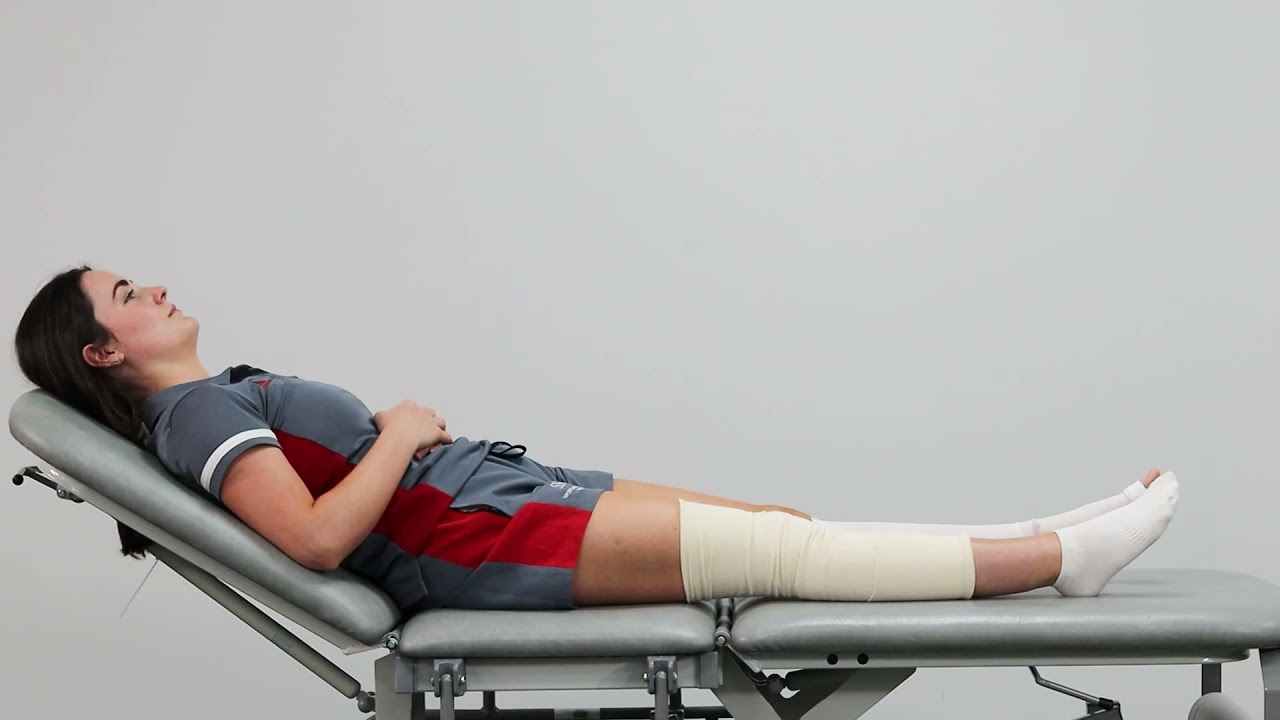Gluteal isometrics are one of the most effective yet underrated exercises for building strong, toned glutes without movement or heavy equipment. These exercises target the glute muscles by contracting and holding them in position, helping you develop endurance, stability, and strength. Whether you’re an athlete, recovering from an injury, or simply want a firmer shape, gluteal isometrics are a game changer for your lower body.
What Are Gluteal Isometric Exercises?
Gluteal isometric exercises involve tightening the glute muscles and holding that contraction for a few seconds. Unlike dynamic exercises such as squats or lunges, these focus on static tension, which enhances muscle endurance and tone. The concept is simple: activate, hold, and release. By maintaining muscle tension, your glutes work harder, increasing blood flow and muscle activation.
Why Gluteal Isometrics Are Important
Your glutes are essential for movement, posture, and balance. Weak glutes often cause lower back pain, hip discomfort, and poor alignment. Strengthening them through isometrics helps stabilize your pelvis, support your lower back, and improve body mechanics. Regular gluteal isometric exercises can improve performance in daily activities like walking, climbing stairs, or running.
Benefits of Gluteal Isometrics
Gluteal isometrics come with many physical and functional benefits. They strengthen muscles without joint stress, making them ideal for all ages and fitness levels. These exercises improve posture, support core stability, and enhance athletic power. They are also perfect for rehabilitation since they build strength without requiring movement that could strain an injury. Over time, you’ll notice increased muscle definition and firmness in the glute area.
Muscles Targeted in Gluteal Isometrics
Gluteal isometrics focus mainly on three muscle groups. The gluteus maximus is the largest and most powerful glute muscle responsible for hip extension. The gluteus medius, located on the side of the hip, stabilizes the pelvis during single-leg actions. Lastly, the gluteus minimus supports hip rotation and balance. Working all three through isometrics ensures strength, symmetry, and full glute development.
Best Gluteal Isometric Exercises
Glute Squeeze
Sit or stand tall, contract your glutes as tightly as possible, and hold for 10–15 seconds. Repeat 10–20 times. This simple move helps reawaken the glute muscles and improve tone.
Bridge Hold
Lie on your back with your knees bent and feet flat. Lift your hips until your body forms a straight line from shoulders to knees. Squeeze your glutes at the top and hold for 20–30 seconds. Repeat several times.
Wall Sit with Glute Squeeze
Stand with your back against a wall, slide down until your thighs are parallel to the ground, and squeeze your glutes. Hold for 30–45 seconds. This strengthens both the glutes and quads.
Standing Leg Lift Hold
Stand tall, lift one leg backward slightly, and contract your glutes. Hold for 15–20 seconds before switching legs. It helps with balance and single-leg stability.
Quadruped Glute Hold
Start on all fours, extend one leg straight back, and hold the position for 15–30 seconds while keeping your glutes tight. This exercise engages the glutes without stressing the lower back.
How to Add Gluteal Isometrics to Your Routine
Start by performing 2–3 sets of each exercise daily. Each hold should last 10–30 seconds, depending on your comfort level. Gradually increase the hold time as you build strength. You can combine isometrics with dynamic exercises like squats and lunges for a balanced workout. Always warm up with light stretches or hip rotations before starting. Focus on feeling the muscle contraction rather than counting repetitions.
Common Mistakes to Avoid
Avoid partial contractions; fully squeeze the glutes for best results. Keep your posture neutral and core engaged to prevent lower back strain. Don’t hold your breath during holds; steady breathing helps maintain endurance. Lastly, don’t overdo the holds without rest — muscles need recovery to strengthen properly.
Gluteal Isometrics for Pain Relief and Rehabilitation
These exercises are commonly used in rehabilitation because they activate muscles without joint movement. For lower back pain, isometric glute work reduces stress on the spine by stabilizing the pelvis. For knee pain, it enhances hip control and alignment, preventing inward knee collapse. For hip pain, it improves joint stability and balance, helping restore mobility without strain.
Advanced Gluteal Isometric Variations
Once you master the basics, try single-leg bridge holds to challenge balance and strength. Add resistance bands or weights during bridge or wall sit holds for extra intensity. You can also try holding the top position of a step-up movement for advanced glute engagement. These variations increase resistance and muscle activation for better results.
Gluteal Isometrics for Athletes
Athletes use gluteal isometrics to enhance stability and prevent injuries. Strong glutes improve sprinting, jumping, and lifting performance. These exercises also develop endurance, which supports long training sessions. Runners, dancers, and lifters benefit most because isometrics build both strength and control.
Results You Can Expect
With consistent practice, you’ll notice firmer and more toned glutes within a few weeks. Your posture will improve, your hips and back will feel more stable, and your movement efficiency will increase. Paired with a balanced diet and regular activity, gluteal isometrics can transform your lower body.
Conclusion
Gluteal isometrics are safe, simple, and effective. They strengthen, stabilize, and tone your glutes without needing weights or machines. Perfect for beginners, athletes, and those in recovery, these exercises should be part of every fitness routine. Regular practice can improve your posture, reduce pain, and build strength for better performance in all activities.







